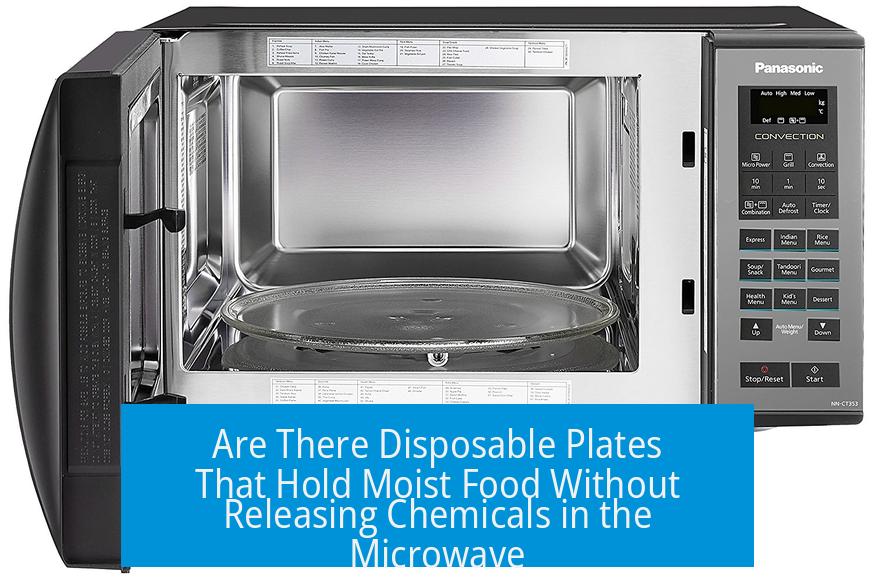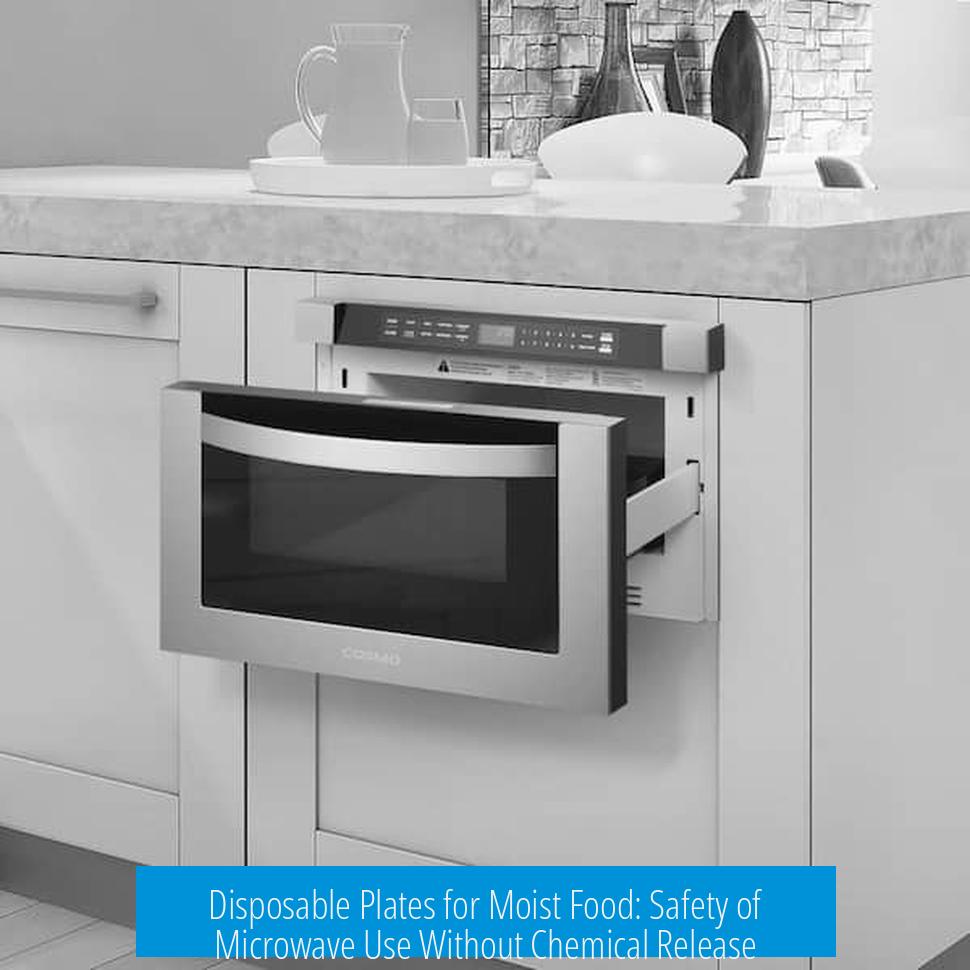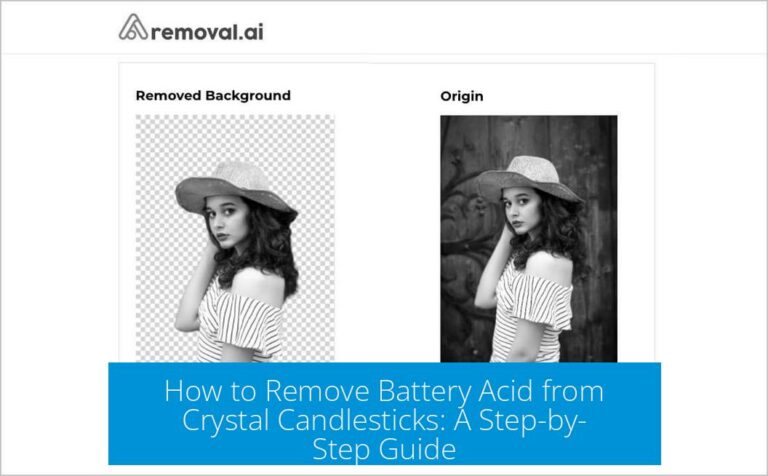Are There Disposable Plates That Hold Moist Food Without Releasing Chemicals in the Microwave?

Microwave-safe disposable plates that hold moist food without leaching chemicals do exist, but careful selection is essential. Generally, only paper plates labeled microwave-safe with appropriate coatings are recommended. These coatings, often petroleum-based, are designed to prevent leaks and withstand microwaving without releasing harmful substances.
Chemical Safety Concerns
Any material can contain chemicals. The main worry about disposable plates relates to their coatings. Historically, some used PFAS coatings, linked to health risks over prolonged exposure. Modern plates typically use refined petroleum-based coatings considered safer. Reliable manufacturers follow regulations minimizing toxic chemical presence.
Types of Disposable Plates and Microwave Use
- Paper Plates: Best option if labeled microwave-safe. Coatings help resist moisture and heat. Avoid plates without such labels.
- Styrofoam Plates: Not recommended as they can melt or deform under microwave heat, making them unsafe for hot moist food.
- Plastic Plates: Their microwave safety varies widely. Unless explicitly stated microwave-safe, their use poses risk of chemical leaching or melting.
Impact of Coatings on Safety and Performance
Coatings define plate performance with moist, hot foods. Modern coatings aim to:
- Prevent moisture penetration and leakage
- Withstand microwave heat without degrading
- Minimize chemical migration into food
However, plate sturdiness remains an issue. Many disposable plates can warp or become flimsy with liquids and heat.
Recommendations for Consumers
- Choose disposable plates marked as microwave-safe.
- Prefer paper plates with petroleum-based, microwave-safe coatings over plastic or styrofoam ones.
- Avoid repeated heavy exposure to such plates to minimize potential chemical intake.
- For regular use or sensitive situations, use reusable glassware or ceramic plates to eliminate chemical concerns.
- Test plates with small amounts of hot moist food first to evaluate sturdiness and safety.
Real-World Considerations
Some brands, like Dixie, offer microwave-safe paper plates but users report issues with flimsiness and leakage. The market lacks disposable plates that combine chemical safety, sturdiness, and moisture resistance fully. Users needing reliable disposable solutions for hot, moist foods in microwaves may face challenges.
Key Takeaways
- Microwave-safe paper plates with appropriate coatings are the safest disposable choice for moist, hot food.
- Avoid styrofoam and non-labeled plastic plates when microwaving to prevent melting and chemical leaching.
- Coatings are key for moisture resistance but vary in quality and safety; modern petroleum-based coatings are common and regulated.
- Reusable glass or ceramic plates remain the safest option for frequent microwave use.
- There is a market gap for durable, microwave-safe disposable plates suitable for moist hot foods without chemical risk.





Leave a Comment